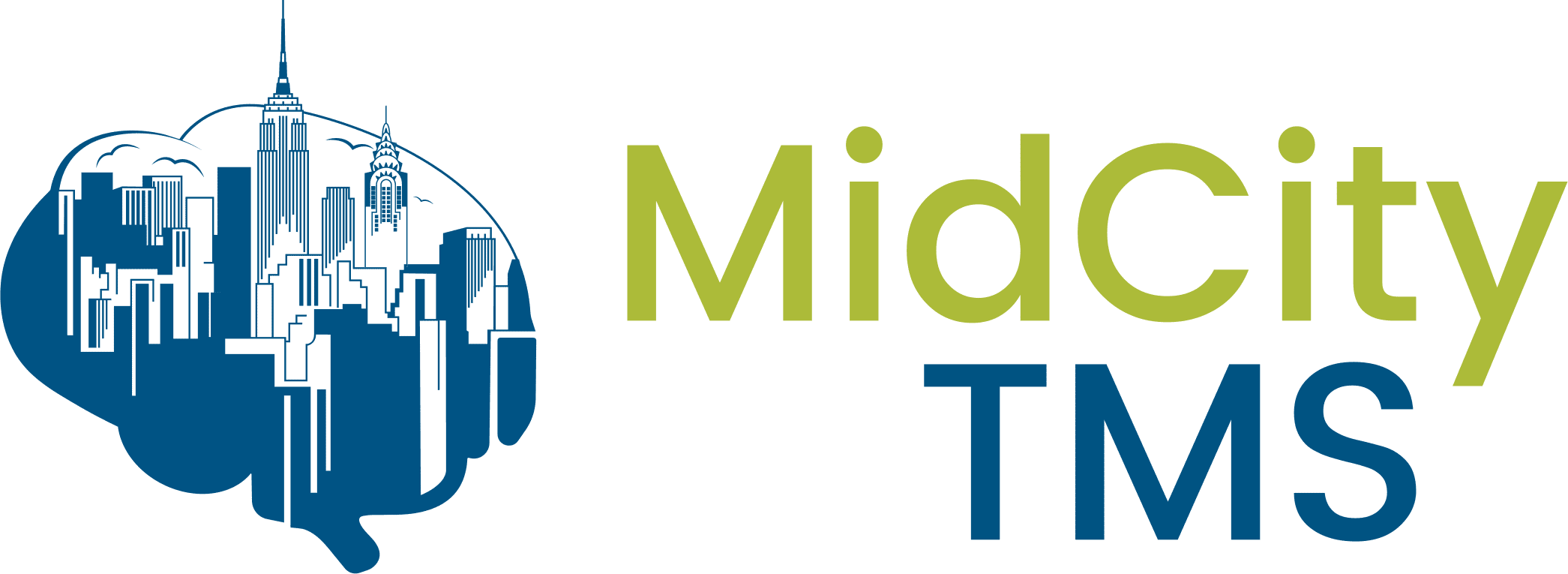Transcranial magnetic stimulation works by sending magnetic pulses to specific areas of the brain. But you may wonder specifically what part of the brain does TMS stimulate. TMS used to treat Depression is generally focused on the patient’s left dorsolateral prefrontal cortex (DLPFC). However, some treatment strategies may target both sides of the brain.
What Does the Dorsolateral Prefrontal Cortex Do?
The prefrontal cortex is a section of the brain that’s linked to the subject’s executive functions, including the ability to distinguish between ideas, actions, and outcomes. It is also involved in decision making and the expression of one’s personality. The prefrontal cortex contains multiple parts with specialized activities, and the dorsolateral prefrontal cortex is important in determining one’s emotional responses to people, places, and events. Here are some of the main functions of the DLPFC:
- Working Memory
The first type of memory that comes to mind is likely long-term memory, or the brain’s ability to recall details from the past. But memory plays an even greater role in our everyday thoughts. Working memory involves holding multiple pieces of information in one’s mind at the same time to compare them or identify different outcomes. Working memory, which is partially controlled by the DLPFC, allows you to remember and use specific pieces of information while in the middle of another activity. - Decision Making
Similarly, the dorsolateral prefrontal cortex is also tied to a person’s ability to make decisions based on both perceived risk and morality. The DLPFC helps you weigh alternatives, and when functioning properly, it pushes you to factor in the outcomes for yourself and others. - Motor Planning
The DLPFC is also involved in the mental processes that occur just before physical movement takes place. The dorsolateral prefrontal cortex helps your brain prepare for your body to take action or respond to its environment.
In addition to being involved in your brain’s emotional responses to your environment, the prefrontal cortex is connected to other parts of the brain that are responsible for releasing neurotransmitters like dopamine, norepinephrine, and serotonin that help regulate one’s mood. Taking emotional responses into account, the DLPFC is the part of the brain that helps you choose actions based upon an assessment of potential outcomes.
Depression and the Dorsolateral Prefrontal Cortex
Studies show that depression is associated with decreased activity across the entire brain. The prefrontal cortex, particularly the dorsolateral prefrontal cortex, is affected even more than other areas. And in most cases, the level of decreased activity is related to the severity of depression felt by the patient.
How TMS Stimulates the Brain to Treat Depression
TMS has been used to treat depression since 1985 and is a safe, noninvasive alternative to other options, including medication, psychotherapy, and electroconvulsive therapy (ECT). During TMS treatment, a doctor will place a coil next to the patient’s head to send targeted magnetic pulses to stimulate increased brain activity.
These electric currents are painless and allow you to travel to and from treatment on your own and return to your regular routine immediately following your session.
Unilateral and Bilateral TMS Stimulate Different Parts of the Brain
Since depression most often is linked to decreased brain activity in the left dorsolateral prefrontal cortex, unilateral TMS treatment focuses on using high-frequency stimulation to bring reduced activity in the left DLPFC back to a regular level.
Bilateral TMS is very similar to unilateral TMS and uses the same technology to treat depression. However, bilateral TMS targets both the left and the right DLPFC, using magnetic pulses to increase activity in the left side and lower frequency pulses to lower excitability in the right side.
Contact Mid City TMS for Your Depression Treatment
Founded by Dr. Bryan Bruno, Mid City TMS in New York is at the forefront for treatment in depression. Dr. Bruno is one of the first psychiatrists to provide TMS in New York City and has helped hundreds of patients suffering from major depressive disorder.
To see if TMS is right for you or to learn more, contact us and make an appointment with our team of experts.



